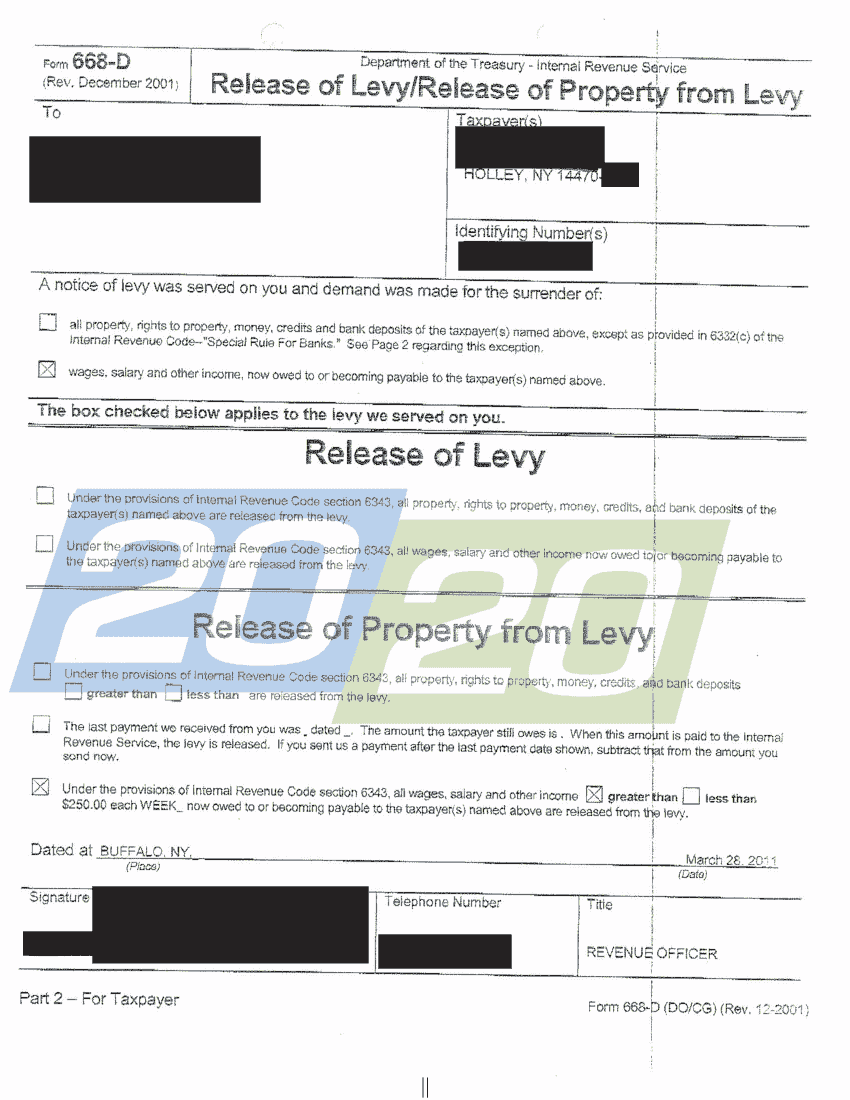The Best Guide To Stopping Wage Garnishment in Maryland - Debt Settlement


How Much of My Paycheck Can a Creditor Garnish?
The Single Strategy To Use For Deductions from Wages - Maryland Department of Labor
Subjects on this page: What is a Garnishment? To "garnish" is to take home (usually a part of someone's earnings or pay) by court order. A Reliable Source is a case by a lender to gather a financial obligation by taking the residential or commercial property or properties of a debtor. Any individual or organization can be subject to garnishment.

How Can I Stop a Wage Garnishment? - Upsolve
The individual holding the property of the offender, or who is indebted to the offender, is the. A garnishee can be a bank, a company or other individual who holds residential or commercial property that belongs to the judgment debtor. To gather cash owed, the plaintiff must initially get a final judgment or order against the accused in court.


Maryland Request for Garnishment of Property Other than Wages - Maryland Garnishment - US Legal Forms
A garnishment proceeding identifies whether the debtor has any assets that can be used to pay a judgment. As soon as a judgment has actually been gotten in, the financial institution can gather what is owed. Judgments are enforceable in Maryland for 12 years and they can be restored. Interest accumulates on judgments at the legal rate of 10% or 6%.
Your Rights as a Victim to Restitution Can Be Fun For Everyone
Code Courts and Judicial Proceedings 11-107 2 typical types of garnishment proceedings are garnishment of salaries and garnishment of property and assets, like a checking account. Garnishment Treatment in District Court: the following procedures are based upon Rules of Procedure. They apply if you have a judgment in the District Court of Maryland.
Rules Title 3, Chapter 600. The guidelines for garnishing property in Circuit Court are very comparable, nevertheless, there might be some differences. See Md. Guidelines Title 2, Chapter 600. Especially, the Circuit Court does not have kinds for judgment financial institutions to utilize. Some Circuit Courts might permit you to utilize District Court types.
If you have concerns about court treatment, speak to a legal representative. Read the Guidelines: Maryland Rules, Title 3, Chapter 600; Maryland Rules Title 2, Chapter 600 The lender starts the garnishment procedure by submitting a Request with the court. There is a fee to submit the Demand. After the Demand is filed, the court clerk or a judge signs the Demand and it becomes a Writ of Garnishment.
